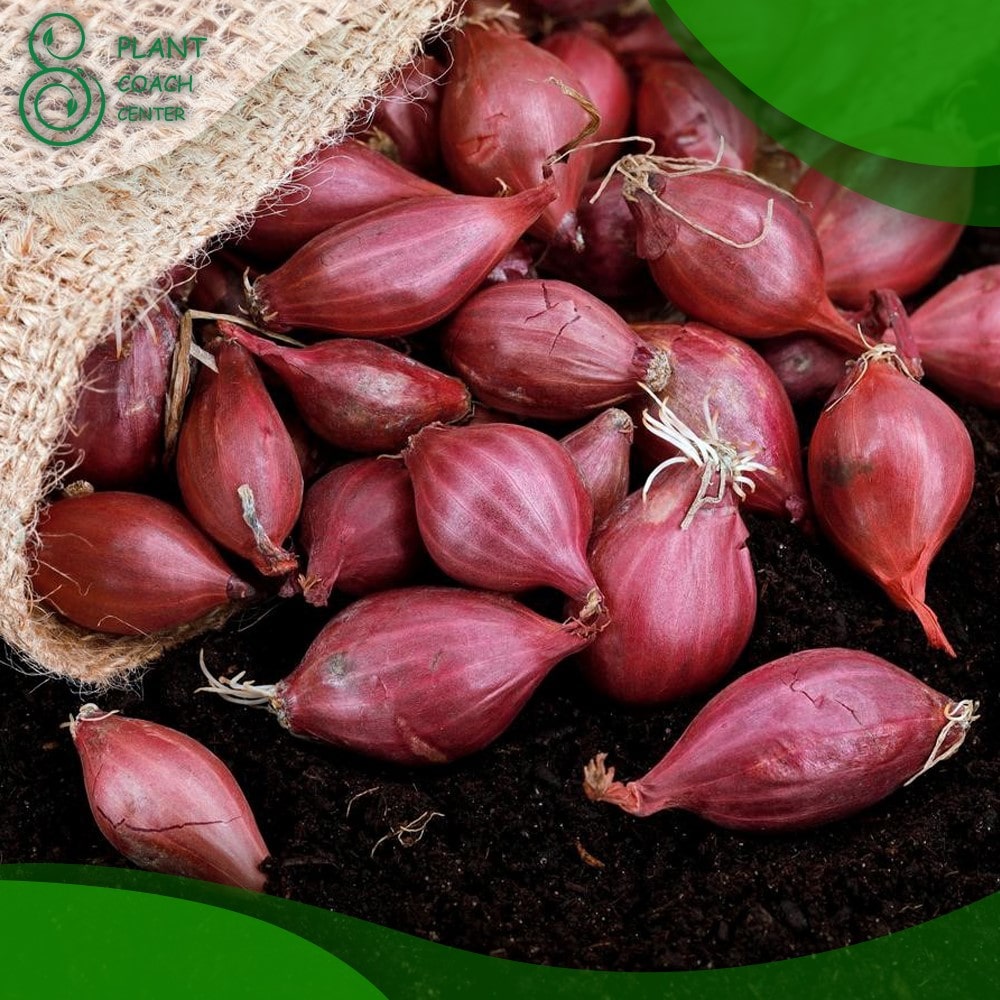When Can You Plant Onions
Onions are a staple in many kitchens around the world, and growing your own onions can be a rewarding and fulfilling experience. Whether you’re a seasoned gardener or a beginner, this comprehensive guide will provide you with all the information you need to successfully plant and grow onions in your garden.
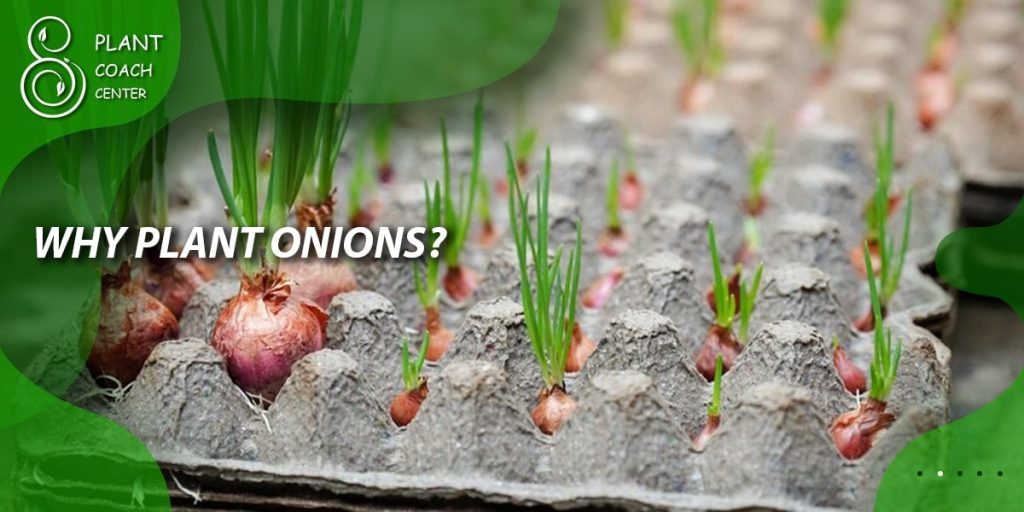
Why Plant Onions?
Onions are an incredibly versatile vegetable that can be used in a wide variety of dishes, from soups and stews to salads and sandwiches. They are also packed with nutrients, including vitamin C, folate, and potassium. By planting your own onions, you can ensure that you have a fresh supply of this essential ingredient on hand whenever you need it.
What Are the Different Types of Onions?
There are many different types of onions, each with its own unique flavor and texture. Some of the most common onion varieties include:
– Yellow onions: These onions have a yellowish-brown skin and a strong, pungent flavor. They are the most commonly used onion in cooking.
– Red onions: These onions have a deep red skin and a milder flavor than yellow onions. They are often used in salads and sandwiches.
– White onions: These onions have a white skin and a milder flavor than yellow onions. They are often used in Mexican cuisine.
– Sweet onions: These onions have a higher sugar content than other onions, giving them a sweeter, milder flavor. Some popular varieties include Vidalia onions and Walla Walla onions.
What Are the Benefits of Growing Onions?
In addition to providing you with a fresh supply of onions, growing your own onions can also have other benefits, including:
– Saving money: Buying onions from the grocery store can be expensive, especially if you use them frequently in your cooking. By growing your own onions, you can save money on your grocery bill.
– Improving soil quality: Onions are a great crop for improving soil quality, as they help to break up compacted soil and add organic matter to the soil.
– Reducing food waste: Onions have a long shelf life, but they can still go bad if not used quickly enough. By growing your own onions, you can harvest them as you need them, reducing the amount of food waste in your home.
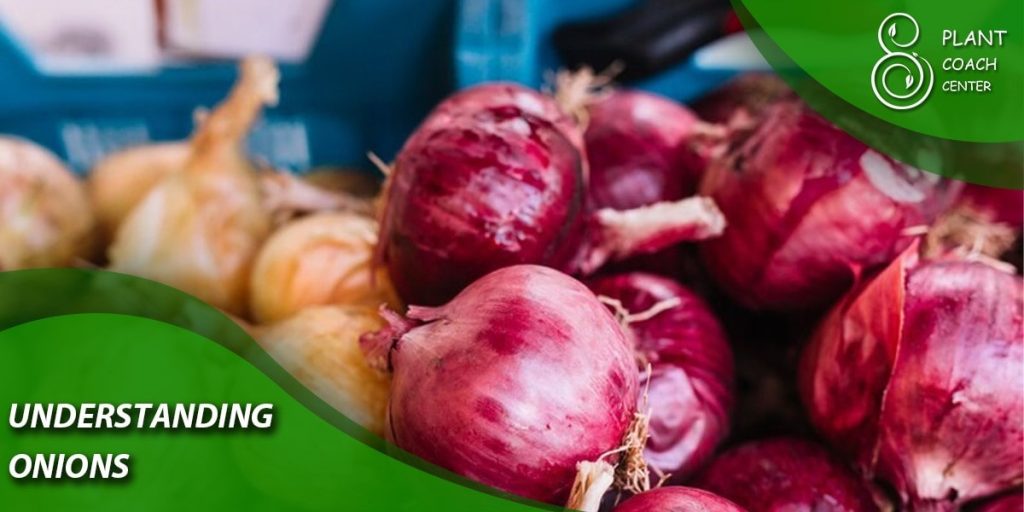
Understanding Onions
Before you start planting onions, it’s important to have a basic understanding of these versatile vegetables. In this section, we’ll cover onion varieties and types, nutritional benefits of onions, and common uses of onions in cooking.
Onion Varieties and Types
As mentioned earlier, there are many different varieties of onions, each with its own unique flavor and texture. When choosing onion varieties to plant in your garden, consider factors such as flavor, size, and storage life. Some popular onion varieties include:
– Yellow onions: These onions are the most common variety and have a strong, pungent flavor. They are great for use in cooking and can be stored for several months.
– Red onions: These onions have a deep red skin and a milder flavor than yellow onions. They are often used in salads and sandwiches and can be stored for several weeks.
– White onions: These onions have a white skin and a milder flavor than yellow onions. They are often used in Mexican cuisine and can be stored for several months.
– Sweet onions: These onions have a higher sugar content than other onions, giving them a sweeter, milder flavor. Some popular varieties include Vidalia onions and Walla Walla onions. They are best used raw and should be used within a few weeks of harvest.
Nutritional Benefits of Onions
Onions are not only delicious, but they are also packed with nutrients. They are a good source of vitamin C, folate, and potassium, and they also contain antioxidants that can help protect your body from damage caused by free radicals.
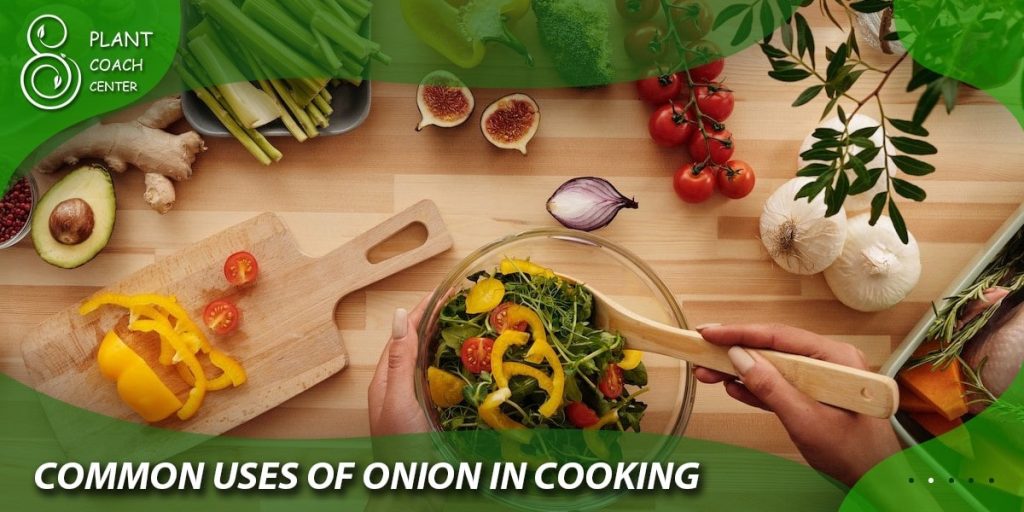
Common Uses of Onions in Cooking
Onions are an incredibly versatile ingredient that can be used in a wide variety of dishes. Here are just a few common uses of onions in cooking:
– Soups and stews: Onions are a staple in many soup and stew recipes, providing flavor and texture to the dish.
– Sauteed vegetables: Onions are great for sauteing with other vegetables, adding flavor and depth to the dish.
– Salads: Raw onions can add a nice crunch to salads and are often used in Greek and Mediterranean salads.
– Sandwiches: Sliced onions can add flavor and texture to sandwiches, especially when paired with meats and cheeses.
In the next section, we’ll cover the factors that affect planting time for onions.
Factors Affecting Planting Time
When it comes to planting onions, there are several factors that can affect the timing of your planting. These factors include climate and temperature, soil conditions, geographic location, and planting zone. Understanding these factors can help you choose the optimal time to plant your onions and ensure a successful harvest.
Climate and Temperature
Onions are typically planted in the early spring or fall, depending on your location and climate. If you live in a colder climate, you may need to wait until the soil has warmed up in the spring before planting your onions. Onions prefer temperatures between 55-75°F (13-24°C) and can be damaged by frost. In warmer climates, onions can be planted in the fall for a winter harvest.
Soil Conditions
Onions prefer well-draining soil that is rich in organic matter. If your soil is heavy or compacted, you may need to amend it with compost or other organic matter to improve drainage and fertility. Onions also prefer a soil pH between 6.0 and 7.5.
Geographic Location
Your geographic location can also affect the timing of your onion planting. In general, onions can be planted as soon as the soil can be worked in the spring. However, if you live in a colder climate, you may need to wait until the soil has warmed up to avoid damage to your onions.
Planting Zone
Planting zones are a way of categorizing geographic regions based on their climate and temperature. The United States Department of Agriculture (USDA) has developed a plant hardiness zone map that divides the country into different planting zones based on their average minimum temperatures. Understanding your planting zone can help you choose the optimal time to plant your onions and ensure a successful harvest.
In the next section, we’ll cover the best time to plant onions based on the factors we’ve discussed.
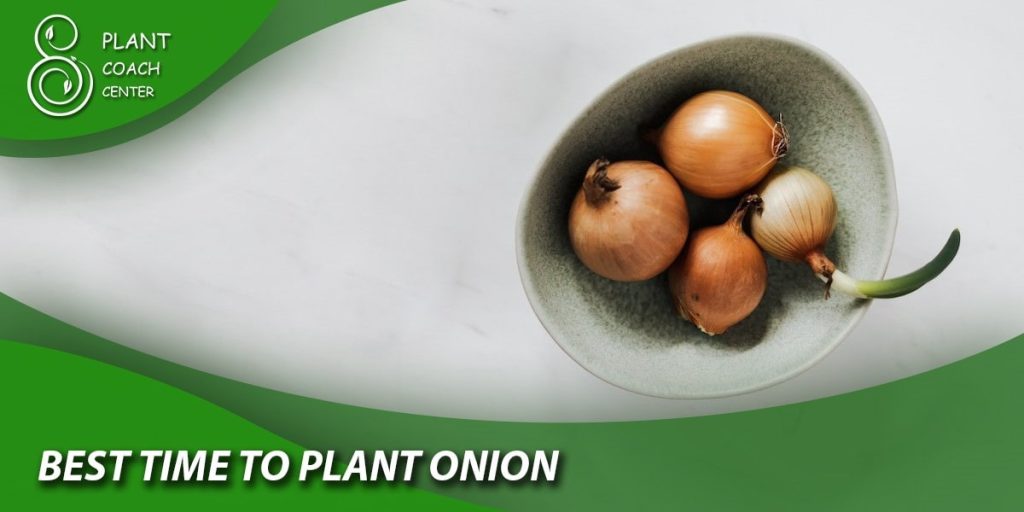
Best Time to Plant Onions
The best time to plant onions will depend on several factors, including your location, climate, and soil conditions. In general, onions can be planted in the early spring or fall for a winter harvest. Let’s take a closer look at the optimal planting times based on these factors.
Early Spring Planting
If you live in a cooler climate, you may need to wait until the soil has warmed up in the spring before planting your onions. Onions can be planted as soon as the soil can be worked, which is typically when the soil temperature reaches 50°F (10°C). Early spring planting allows your onions to grow and mature before the hot summer months.
Fall Planting
If you live in a warmer climate, you may be able to plant onions in the fall for a winter harvest. Onions can be planted in the fall 4-6 weeks before the first expected frost. Fall planting allows your onions to establish roots before going dormant during the winter months and resuming growth in the spring.
Late Summer Planting
If you missed the early spring planting window, you can also plant onions in the late summer for a fall harvest. Onions can be planted in late July or early August for a fall harvest.
Late summer planting allows your onions to mature before the first frost and can result in larger onions. In the next section, we’ll cover how to prepare for planting onions.
Preparing for Planting
Before you plant your onions, it’s important to prepare your garden bed and soil to ensure optimal growing conditions. In this section, we’ll cover soil preparation, site selection, and site preparation.
Soil Preparation
Onions prefer well-draining soil that is rich in organic matter. To prepare your soil for planting onions, follow these steps:
- Test your soil: Use a soil test kit to determine your soil pH and nutrient levels. Onions prefer a soil pH between 6.0 and 7.5.
- Amend the soil: If your soil is heavy or compacted, amend it with compost or other organic matter to improve drainage and fertility. Work the amendments into the top 6-8 inches of soil.
- Add fertilizer: Onions are heavy feeders and require a balanced fertilizer with a ratio of 10-10-10. Apply the fertilizer according to the package instructions.
Site Selection
Onions prefer a sunny location with well-draining soil. Choose a site that receives at least 6-8 hours of direct sunlight per day. Avoid planting onions in areas that are prone to flooding or have poor drainage.
Site Preparation
To prepare your planting site, follow these steps:
- Clear the area: Remove any weeds, rocks, or debris from the planting site.
- Create rows: Use a hoe or rake to create rows in the soil. Space the rows 12-18 inches apart.
- Create furrows: Use a hoe or trowel to create furrows in the soil. The furrows should be 1 inch deep and spaced 4-6 inches apart.
In the next section, we’ll cover how to plant onions.
Planting Onions
Once you’ve prepared your soil and planting site, it’s time to plant your onions. In this section, we’ll cover choosing healthy onion sets or seedlings, planting techniques, watering and fertilization, and mulching.
Choosing Healthy Onion Sets or Seedlings
Onions can be planted from sets (small bulbs) or seedlings. When choosing onion sets or seedlings, look for the following qualities:
– Firm and plump bulbs or seedlings
– No signs of mold or rot
– No signs of damage or disease
Planting Techniques
To plant your onions, follow these steps:
- Place the onion sets or seedlings in the furrows, spaced 4-6 inches apart.
- Cover the onions with soil, leaving the tips of the bulbs or seedlings exposed.
- Water the onions thoroughly.
- Apply a layer of mulch around the onions to help retain moisture and suppress weeds.
Watering and Fertilization
Onions require consistent moisture to grow and produce healthy bulbs. Water your onions deeply once a week, or more frequently during hot, dry weather. Onions are heavy feeders and require a balanced fertilizer with a ratio of 10-10-10. Apply the fertilizer according to the package instructions.
Mulching
Mulching your onions can help retain soil moisture and suppress weeds. Apply a layer of mulch around the onions, being careful not to cover the bulbs or seedlings. In the next section, we’ll cover onion care and maintenance.
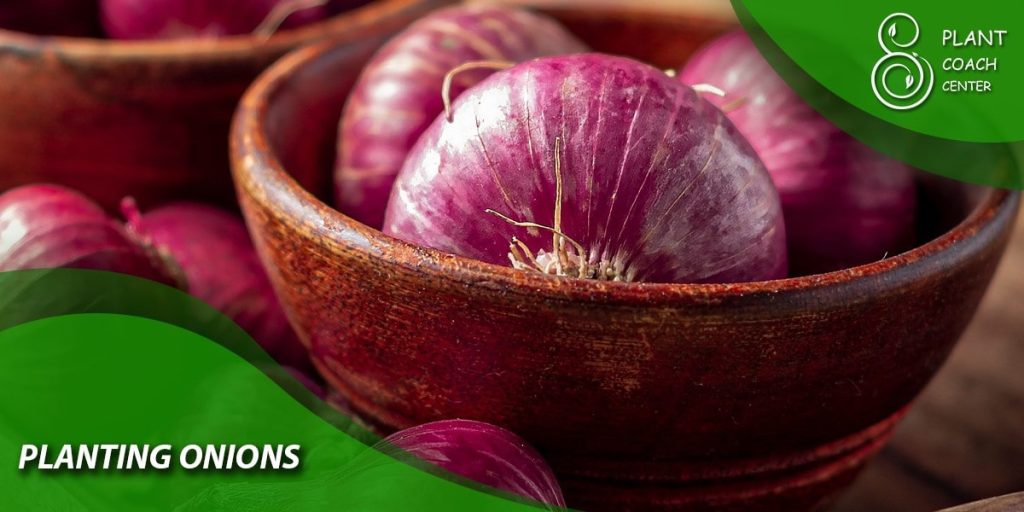
Onion Care and Maintenance
Once your onions are planted, it’s important to care for them properly to ensure optimal growth and a successful harvest. In this section, we’ll cover watering and fertilization, pest and disease control, and harvesting and storage.
Watering and Fertilization
Onions require consistent moisture to grow and produce healthy bulbs. Water your onions deeply once a week, or more frequently during hot, dry weather. Onions are heavy feeders and require a balanced fertilizer with a ratio of 10-10-10. Apply the fertilizer every 4-6 weeks throughout the growing season.
Pest and Disease Control
Onions are susceptible to a range of pests and diseases, including thrips, onion maggots, and fungal diseases such as downy mildew and fusarium rot. To prevent pest and disease problems, follow these tips:
– Plant disease-resistant onion varieties
– Rotate your onion crop every year to prevent soil-borne diseases
– Use row covers to protect young onion plants from pests
– Keep the planting area clean and free of debris to prevent pest and disease build-up
If you do notice signs of pest or disease problems, consult a gardening expert or agricultural extension agent for advice on treatment options.
Harvesting and Storage
Onions are ready to harvest when the tops begin to yellow and fall over. To harvest your onions, follow these steps:
- Gently lift the onions from the soil using a garden fork or trowel.
- Allow the onions to dry in a warm, dry location for 2-3 weeks.
- Once the onions are dry, remove the tops and roots.
- Store the onions in a cool, dry location with good air circulation.
Onions can be stored for several months if properly cured and stored.
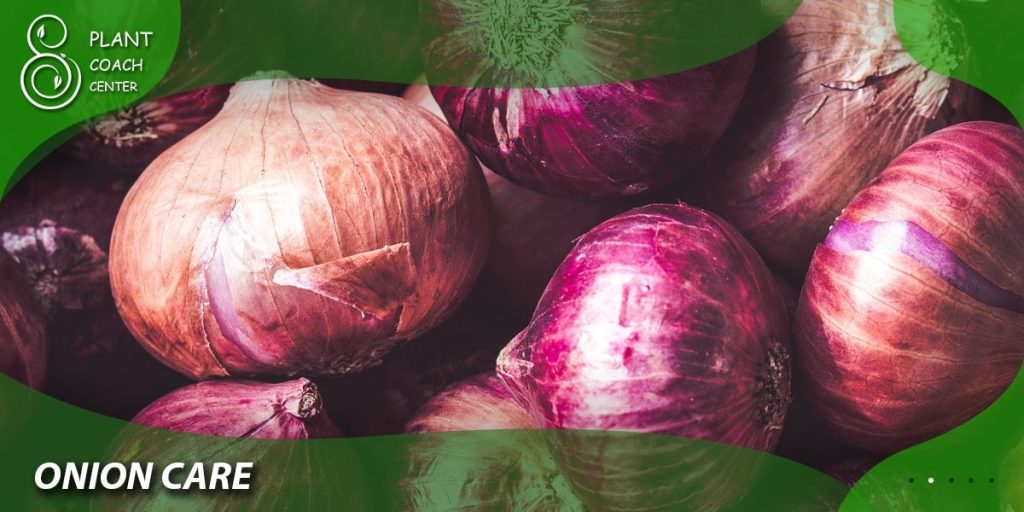
Conclusion
Growing your own onions can be a rewarding and fulfilling experience, and with the tips and information in this guide, you have everything you need to get started.
By choosing the right onion varieties, preparing your soil and planting site properly, and caring for your onions throughout the growing season, you can enjoy a fresh supply of this versatile vegetable all year round.
When can you plant onions?
Onions can be planted in early spring as soon as the soil can be worked and the danger of frost has passed.
Can onions be planted in the fall?
Yes, onions can also be planted in the fall, typically 4 to 6 weeks before the first expected frost date. However, this is more common in regions with mild winters.
Can onions tolerate cold temperatures?
Onions are relatively cold-tolerant and can withstand light frosts without significant damage.


